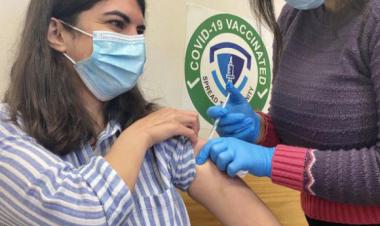The global eradication of smallpox more than 40 years ago was one of the greatest achievements in public-health history, vanquishing a cause of death, blindness and disfigurement that had plagued humanity for at least 3,000 years. But, on the downside, it also led to the end of a global vaccination program that provided protection against other pox viruses. That includes monkeypox, which has been spilling over from its animal hosts to infect humans in Africa with increasing frequency since the 1970s. Monkeypox now represents a serious, evolving threat after sparking outbreaks in dozens of countries this year, mostly in Europe, demonstrating again how readily an infectious agent that emerges in one country can quickly become an international concern.







